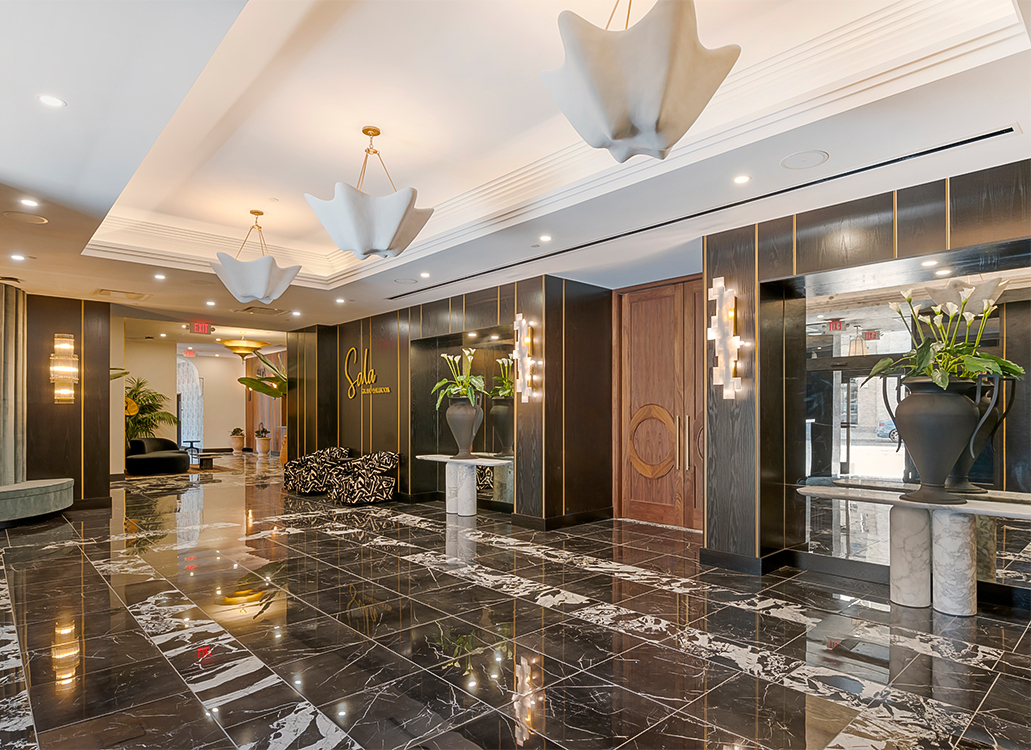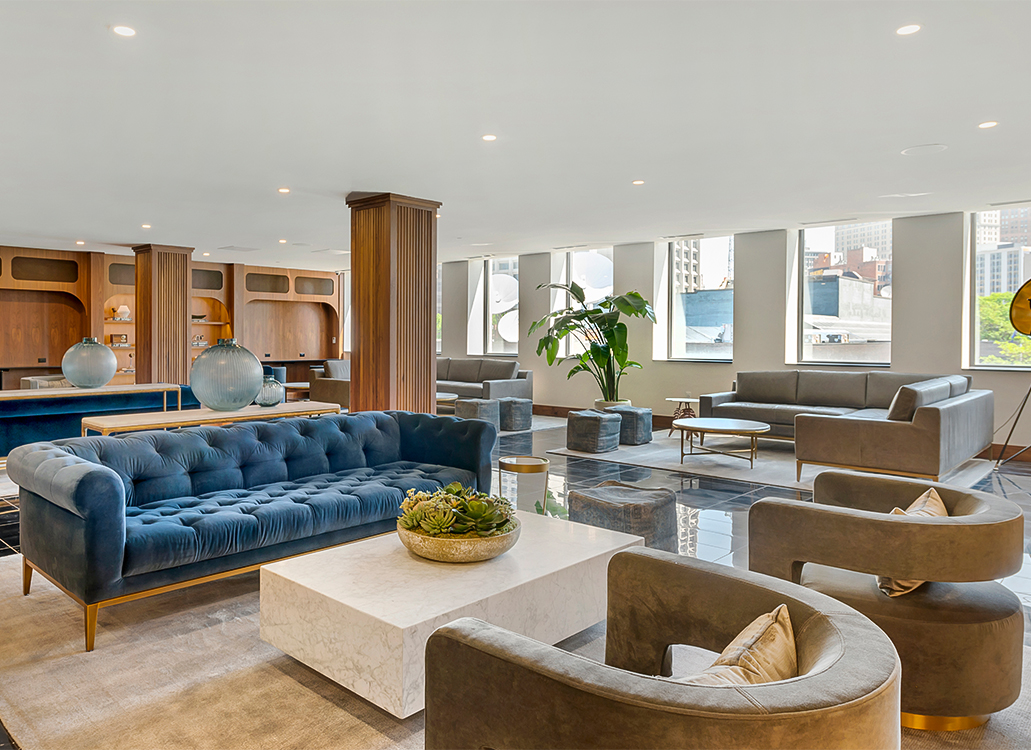
Our Hotel
Downtown Detroit Hotels
Detroit’s Rising Star
Nestled in the heart of the city, the Cambria Hotel Detroit Downtown offers an unparalleled blend of urban sophistication and impeccable service. Set within the historic Walker-Roehrig building and designed by the renowned 'Architect of Detroit,' Albert Kahn, this exquisite property seamlessly melds modern luxury with the glamour of a bygone era.
Enjoy it All
- Free WiFi
- Breakfast and Dinner*
- 24-hour Security Person
- Fitness Center
- First-aid staff/24hr
- Fax Machine
- Outdoor Parking*
- Valet Parking*
- No Pets Allowed
- Business Center
- Bellmen
- 100% Smoke Free Hotel
- Sunday Brunch*
- On-Premise Security
- Lounge/Bar*
- Government Travelers: FEMA
- Interior Corridors
- Teleconference Service*
- Sundry Shop*
- Free Coffee
- Convenience Store*
- Computer w/ Internet
- Charge for Full Breakfast*
- EV Charging Station
- Elevator(s)
- Restaurant*
- Copy Machine
- Late Check-Out Available*
- Valet Cleaning Service*
- Banquet Rooms*
- Meeting Room*
- Sun Deck
* indicates services/amenities that may require an additional cost.

Stay Fit
Keep up with your fitness routine while you’re on-the-go within the state-of-the-art fitness center. Open 24 hours a day, 7 days a week.
Don't be a Stranger


